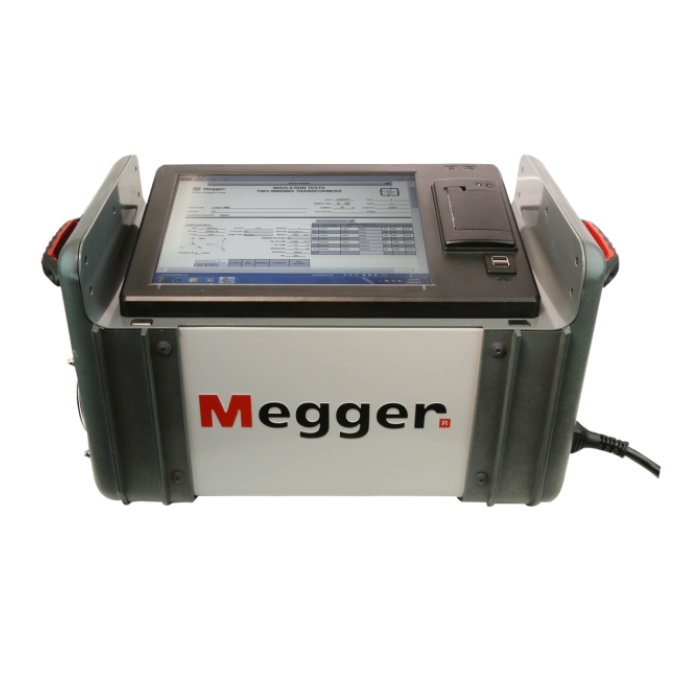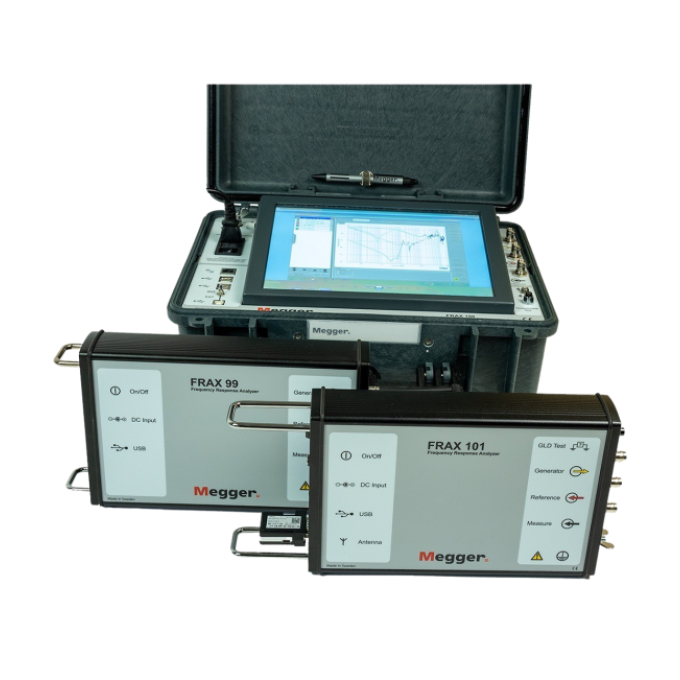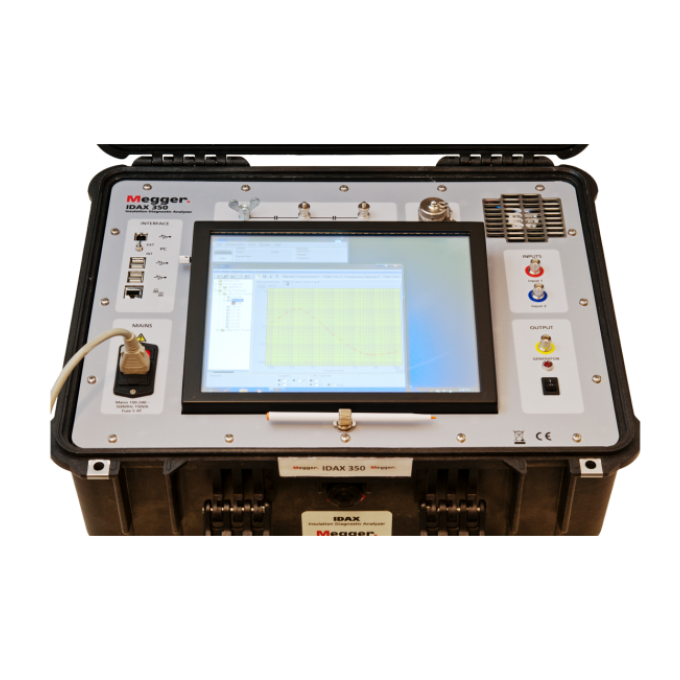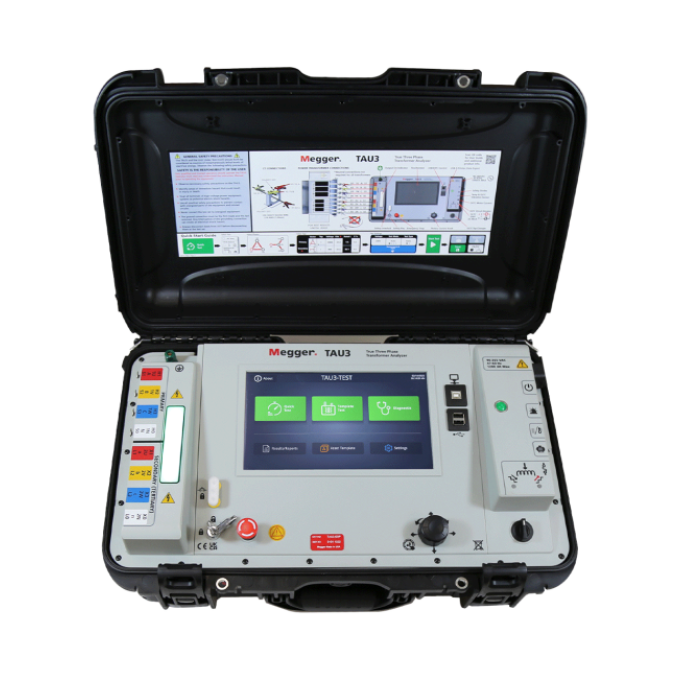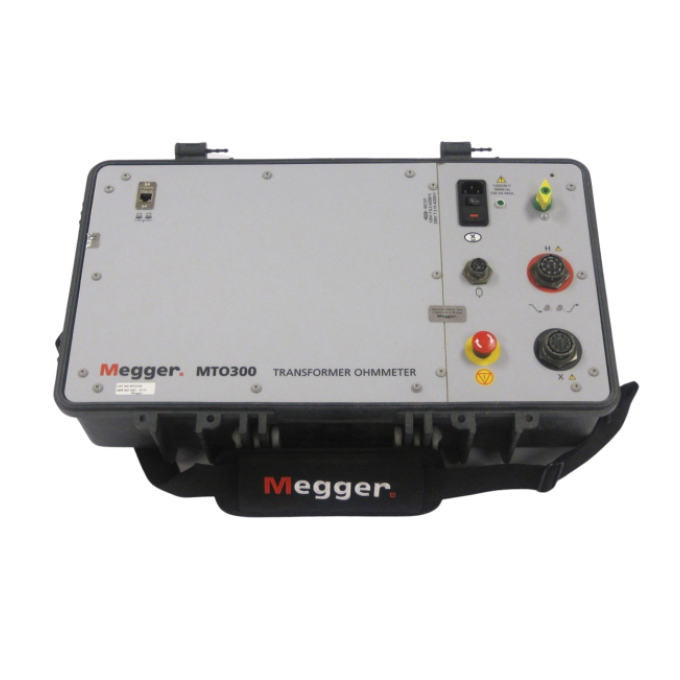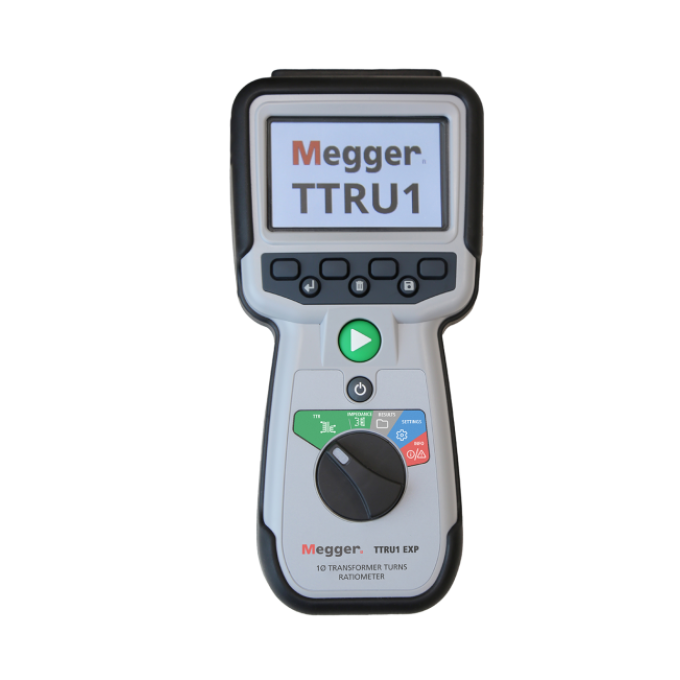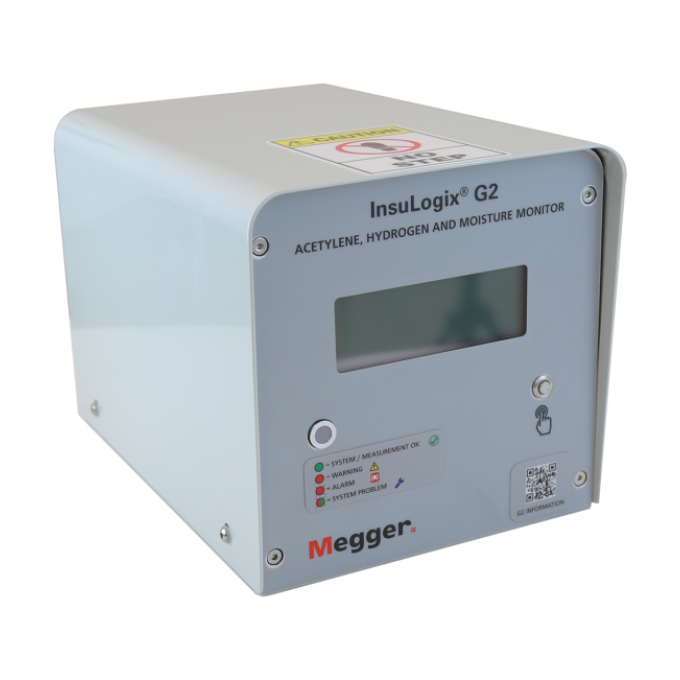Transformer testing and monitoring solutions
Gain a deeper insight into the health of your transformers.
Countless industry professionals rely on Megger for its transformer monitoring and testing portfolio. That’s because our effective set of tools for off-line testing and on-line monitoring deliver the dependable data needed to support your technical and financial decisions. You can count on our easy-to-use equipment for the most complex testing challenges, saving you time, promoting personnel and equipment safety, and providing accurate and reliable results.
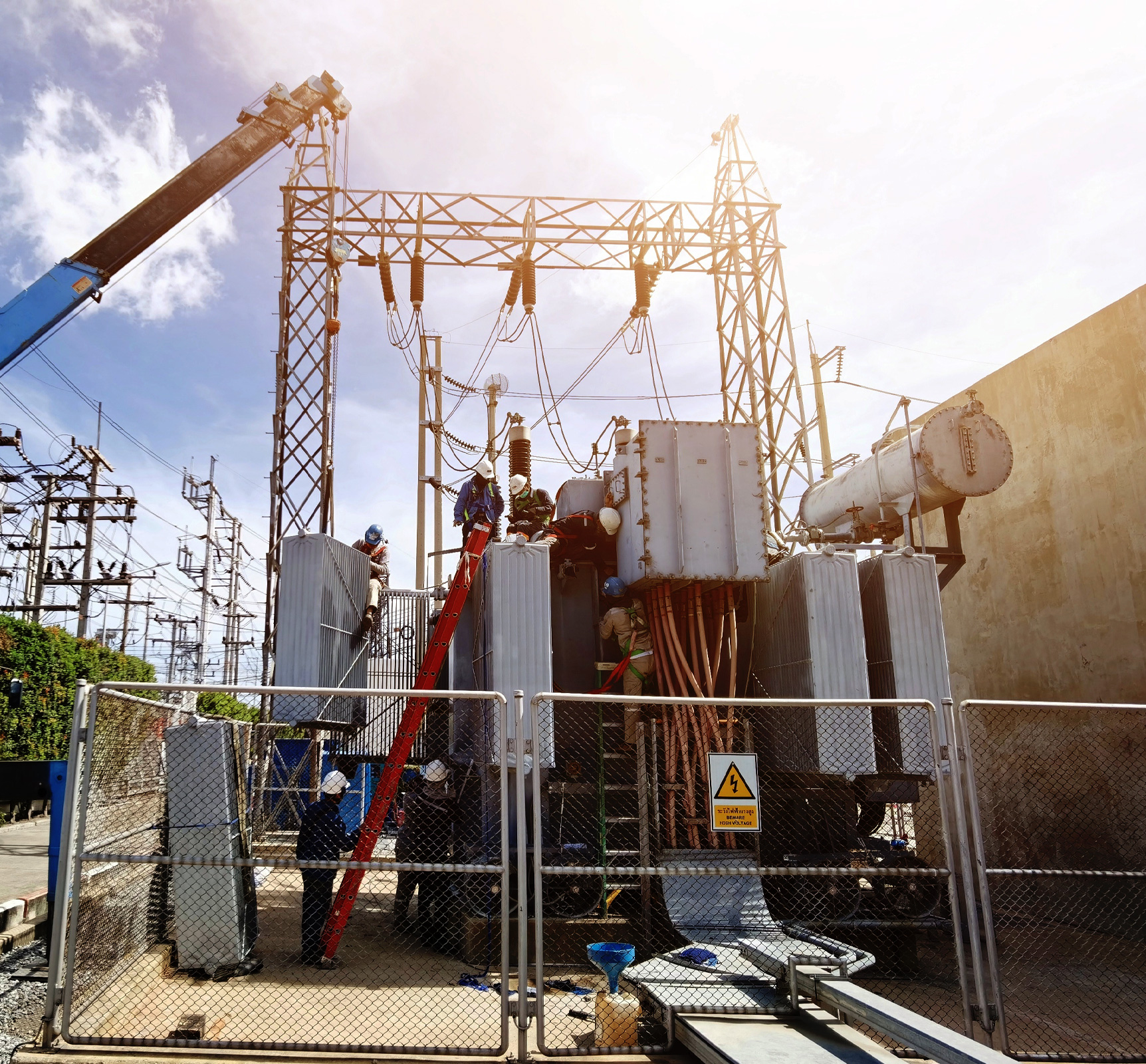
1
The gold standard:
Megger offers the industry’s widest portfolio of transformer test and monitoring solutions for the most insightful and valuable evaluation of transformer health. We also offer on-site and on-line training to help our customers get the best return on their test equipment investment.
2
Make data-driven decisions:
The latest technological advancements in transformer diagnostics are available to help you understand the health condition of your transformers. Like Megger’s leading method for finding a dielectric’s unique temperature correction factor, which reveals your transformer’s real power factor at any temperature. Or 1 Hz testing power factor to ensure accurate results that help you make informed decisions.
3
Take safer measures:
Get peace of mind when you use Megger transformer and monitoring solutions. That’s what our customers value when they can ensure the protection of operators and equipment, and minimise exposure to hazards.
4
A trusted partner:
Megger has become a symbol of reliability, and our dedicated team stands ready to assist you every step of the way. Leverage our 130+ years of expertise and knowledge, gained from working across all sectors of the electrical power industry around the world.
Additional Resources
Take a deeper dive into low voltage installation testing instruments through our comprehensive guides.
Reducing Risk of Failure on HV Instrument Transformers
Explore an application of narrowband dielectric frequency response (NB DFR) on HV CVTs.
Misleading Line Frequency Insulation Results on a Contaminated Transformer
A complete protocol of tests, including a 10 kV LF PF test.
Pinpointing Concealed Problems Inside a Resistive- type OLTC Before Physical Inspection
Read the case study about the Electric Power Transmission Network in Karbala.
Identifying Aging and Installation Issues in an HV Bushing
Read our case study on 1 and 500 Hz analysis on bushings.
What is Melting Here?
A heavily used furnace transformer was tested after an operating failure.
